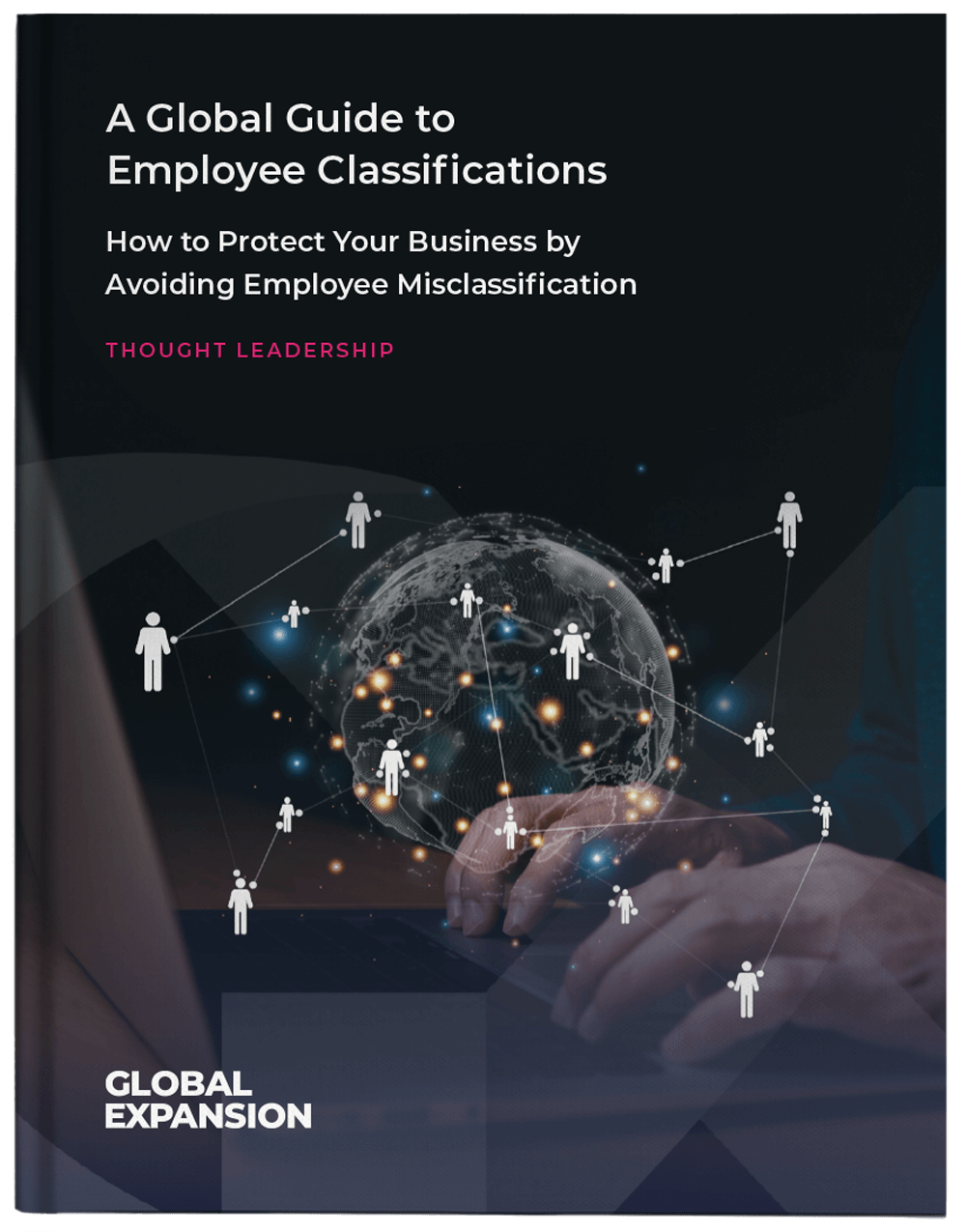A Global Guide to Employee Classifications
Misclassifying employees can lead to serious legal trouble and financial penalties.
Our guide clarifies employee classifications in regions including the US, Europe, Asia, and Africa. It covers the difference between contractors and employees, their rights, and more.

Download the guide to learn:
- Employee classifications across the world.
- What is an independent contractor in the US?
- How Asia’s gig economy works.
By understanding and correctly classifying your workforce, you protect your business and its most valuable asset— your employees.

